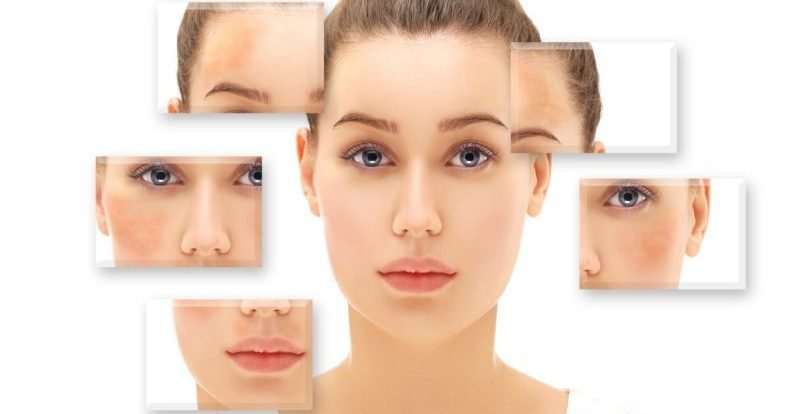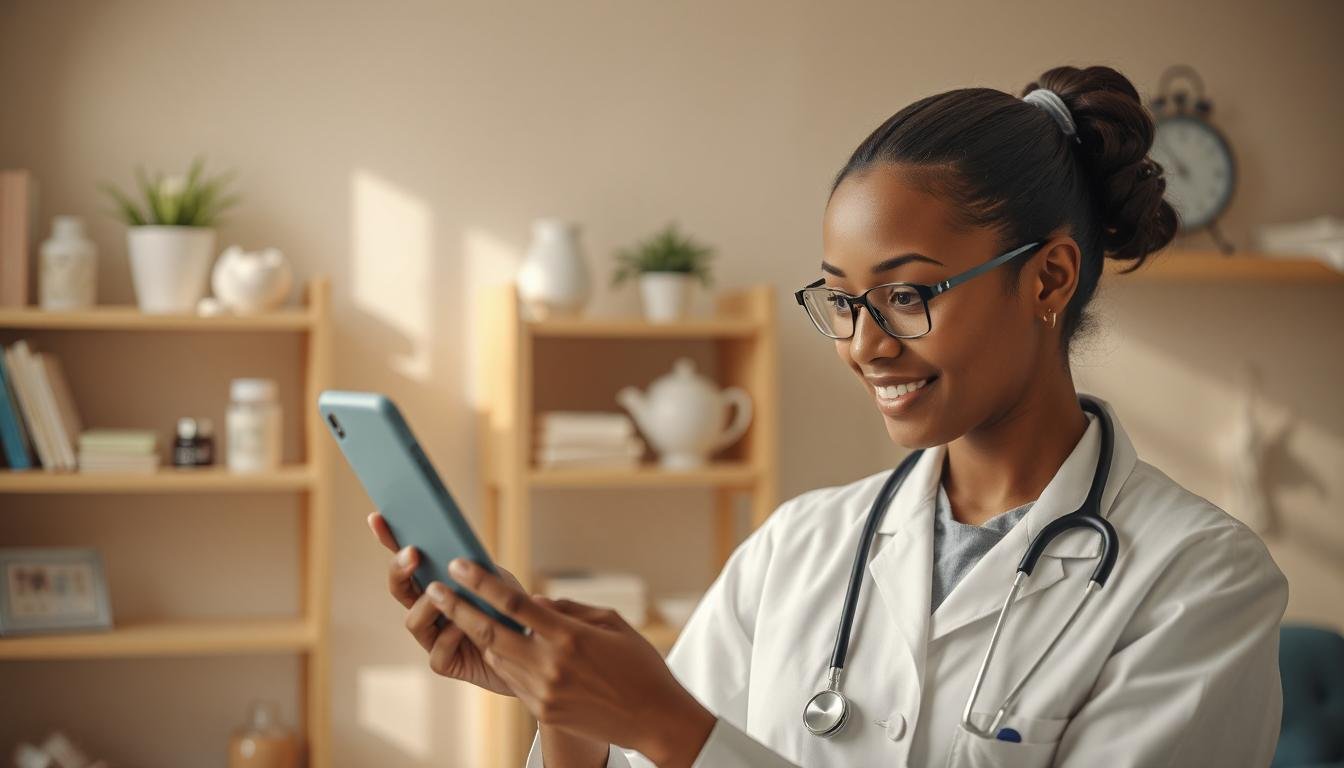Of course, as an individual with a high appreciation of clear vision, cataract development was frightening and enigmatic. Cataracts are fogging over the eye’s lens that, over time, affects the vision, making even routine tasks difficult. How to test for cataracts at home?
Of course, no home check will be able to definitively diagnose cataracts without the help of a professional eye examination; however, there are ways that you can tell if there is an indication that it may be the case. I had hoped that I could share my experience and knowledge with people who have the same predicament.
Understanding Cataracts First
what are cataracts? Cataracts occur when some lens proteins in the eye form clusters, and thus, the affected regions cause vision problems. The common ones are often slow to progress and can unilateral or bilateral in presentation. It depends on the age, but other factors such as diabetes, smoking in addition to being exposed to sunlight for many hours, and some drugs also contribute to cancer.
Observing Changes in Vision
One of the most visible signs I noticed was the eyes started to see blurry. It was gradual; I caught myself doing it over several months, particularly while reading or watching television. Here are some specific changes to watch for:
Blurry or Cloudy Vision: Sights can look confused, less subtle or clear, or like you are looking through a window pulled foggy. Difficulty with Night Vision: It also made driving at night to be complicated. Streetlights and headlights seemed glaring, and I had trouble seeing road signs.
Sensitivity to Light and Glare: Bright lights felt overwhelming. Even indoors, I found myself preferring dimmer environments.
How to test for cataracts at home
Seeing Halos Around Lights: Lights appeared to have rings or halos around them, which was particularly noticeable at night.
Fading or Yellowing of Colors: Colors seemed less vibrant. Whites appeared yellowish, and it felt like I was viewing the world through a sepia filter.
Double Vision in One Eye: I experienced a double vision in one eye, which was disorienting.
While these observations are subjective, there are simple ways to self tests for Cataracts at home:
Cover-One-Eye Test: Cover one eye and look at a familiar object. Then, switch eyes. It might indicate an issue if you notice a significant difference in clarity or color perception between the two eyes.
Reading Test: Use a book or newspaper. It could signify that you need brighter light or larger text to read comfortably.
Contrast Sensitivity: Notice if distinguishing between shades becomes difficult. For instance, differentiating between navy blue and black might become challenging.
Glare Test: Observe how your eyes react to bright lights. Increased discomfort or glare could be indicative.
Lifestyle Impact
I began to notice how these vision changes affected my daily life. Frequent Prescription Changes: I needed to update my eyeglass prescription more often.
Challenges in Hobbies: Activities like knitting or reading music sheets became strenuous.
Work Difficulties: Working on the computer for extended periods led to eye strain and headaches.
When to Seek Professional Help
For this reason, recognizing the above signs of poor eyesight was enough to ensure I paid a visit to the eye care professional. If you observe the same signs, you must set a date to visit the doctor. Prevalent health conditions that will enhance early detection, better management, and treatment.
Self-checks and Home Tests
Tips for Eye Health: While waiting for your appointment, consider these steps to support your eye health:
Protect Your Eyes from UV Light: When in the sun, use shades that protect you from the sun.
Maintain a Healthy Diet: These vitamins, apart from being found in vegetables, especially green leafy vegetables and other fruits, aid in sight. Quit Smoking: Cataracts can, for instance, be exacerbated by smoking.
Manage Health Conditions: Cope with such diseases as diabetes. An account of my eye examination At the eye clinic, the optometrist conducted several tests: Visual Acuity Test: Reading letters on a chart to establish clarity at a given measure.
Slit-Lamp Examination: This is when the eye specialist gives a physical examination using a specialized microscope on the eye structures.
Retinal Exam: Checking abnormalities at the retina area after enlarging pupils using a mydriatic agent. The general check-up showed that I was developing cataracts in each eye. Though he found this worrying, he said many people have mild cataracts and might not need immediate surgery.
Understanding of Treatment Treatment depends on the severity and impact on daily life:
Monitoring: But if cataracts are not serious enough to interfere with vision, simple follow-up examinations may suffice.
Stronger Eyeglasses: It may be beneficial in the short term to update those prescriptions.
Surgery: If the cataracts are the reason for frustrations in day-to-day tasks, then surgery is undertaken. It is an ordinary and comparatively low-risk process during which the affected and foggy lens is removed and exchanged for an artificial one.
Preparing for the Future for Cataracts
Identifying expected emotions prepared me, and thus, I carried more control. I learned that:
Cataract Surgery is Common: Many people go through this surgery every year, and success statistics remain rather impressive.
Post-Surgery Vision Improves: While having the flu and after the patient recovers. Eyesight often improves dramatically.
Medical Advice: Cialis 800 mg combined with post-operative care yields the best results.
Support and Resources: Connecting with others who were going through similar experiences was invaluable.
Shared Experiences: Hearing others’ stories eased my anxieties.
Practical Tips: Advice on managing symptoms and navigating daily life. Emotional Support: Knowing I’m not alone made a significant difference.
Recognizing the early signs of cataracts at home can lead to timely professional consultations and better eye health management. Self-observation is therefore invaluable, but diagnosis and treatment require reliance on eye care professionals.
If you are experiencing some of the changes in vision that I mentioned, I recommend that you have your eyes checked.
You can do wonderful things to prevent blindness and enhance your standard of living.
















Leave a Reply